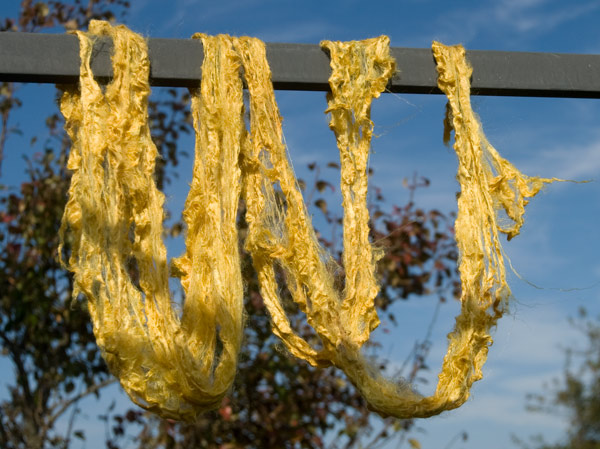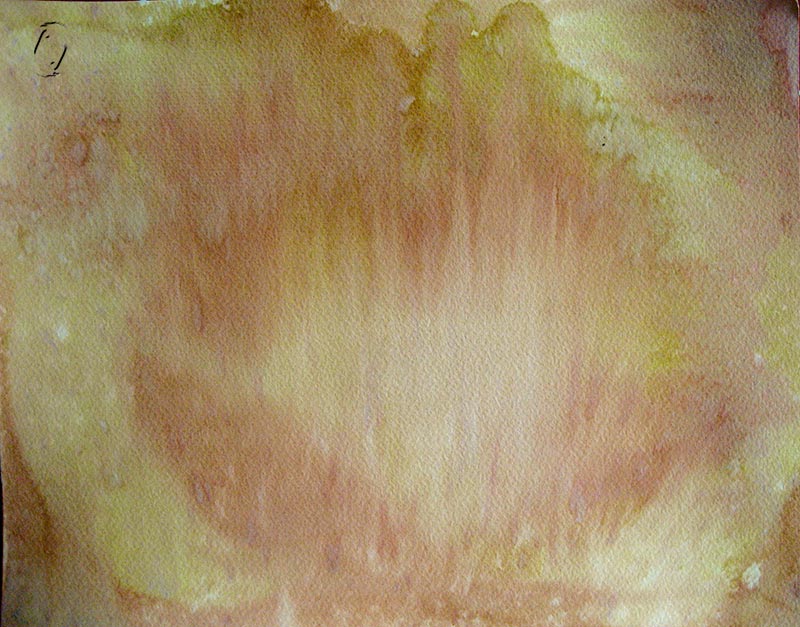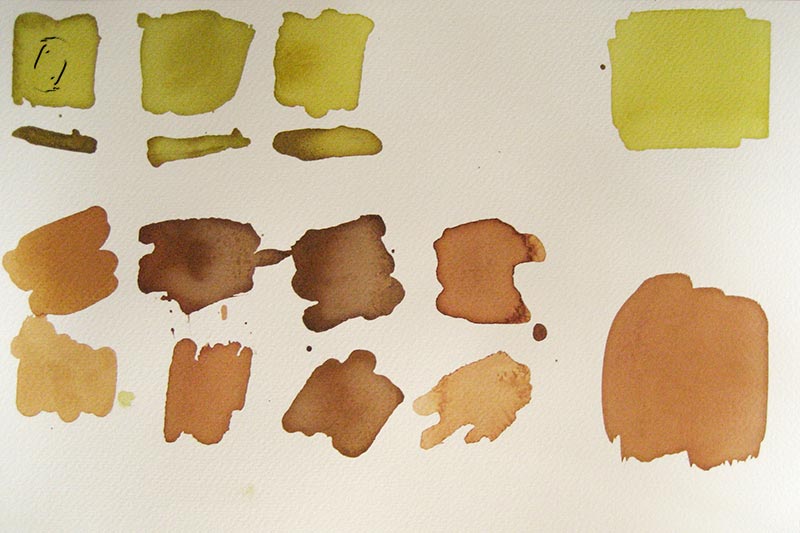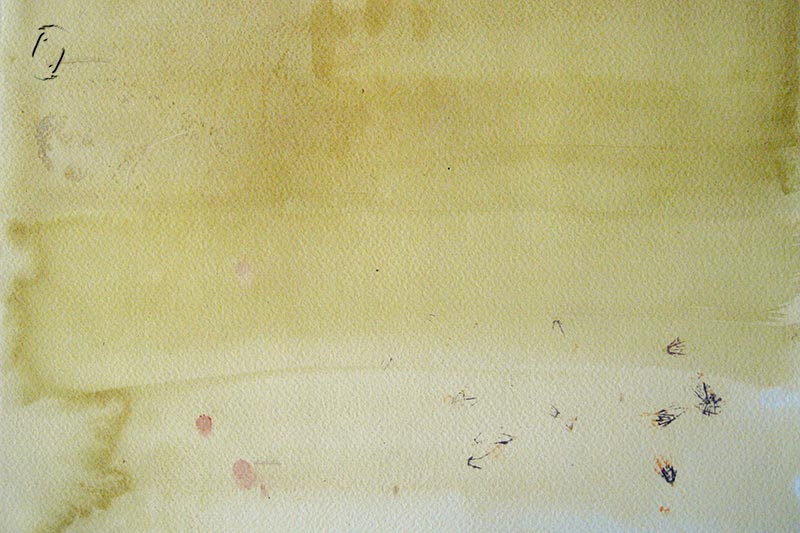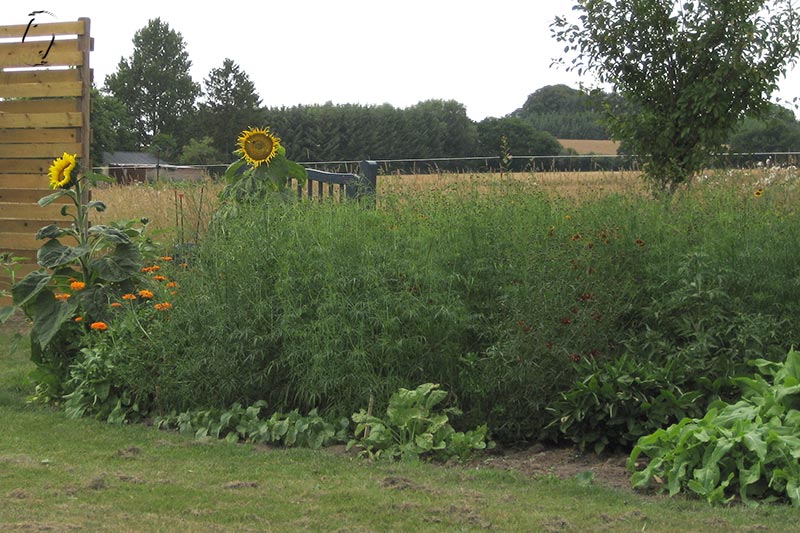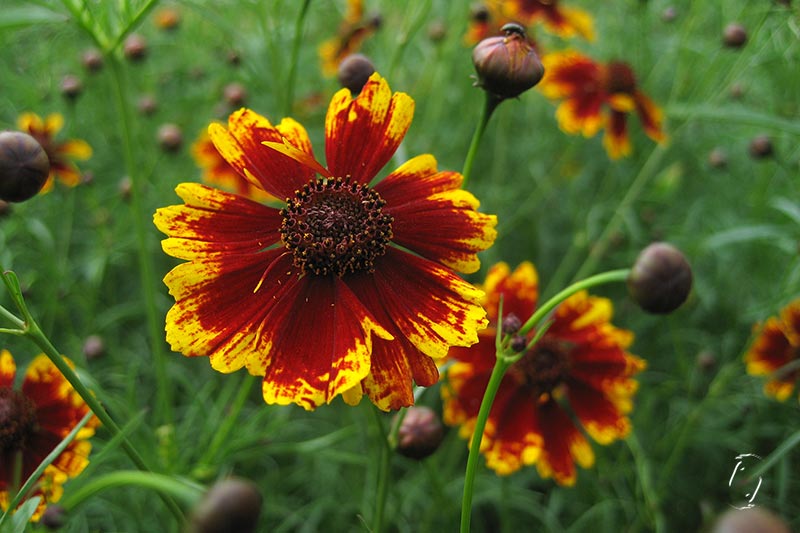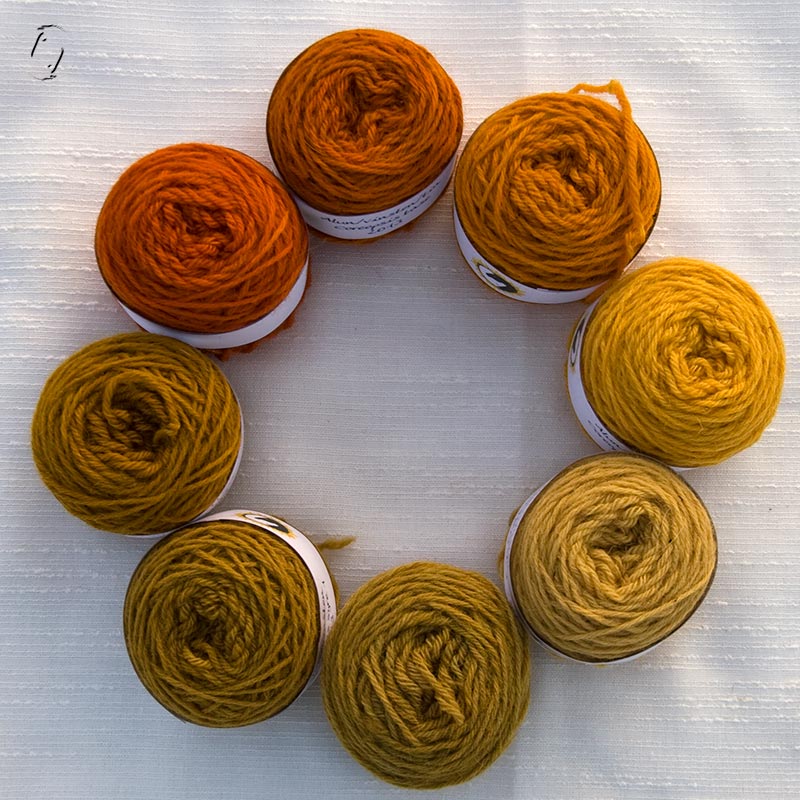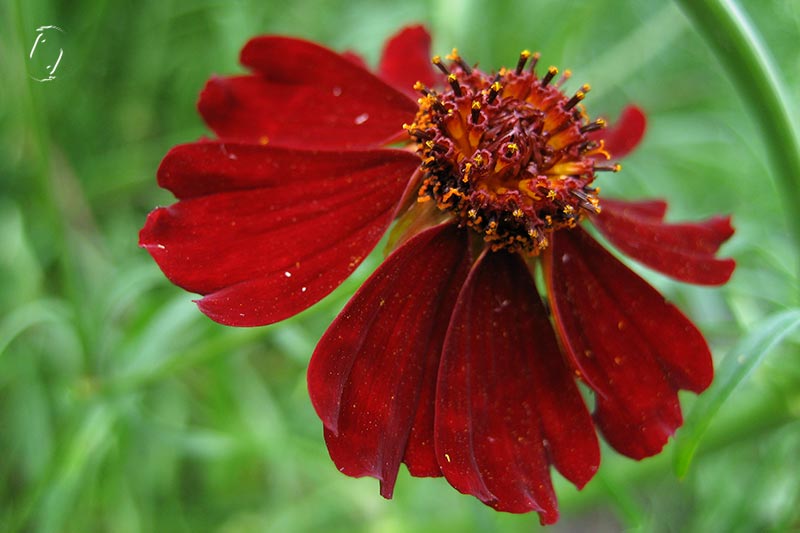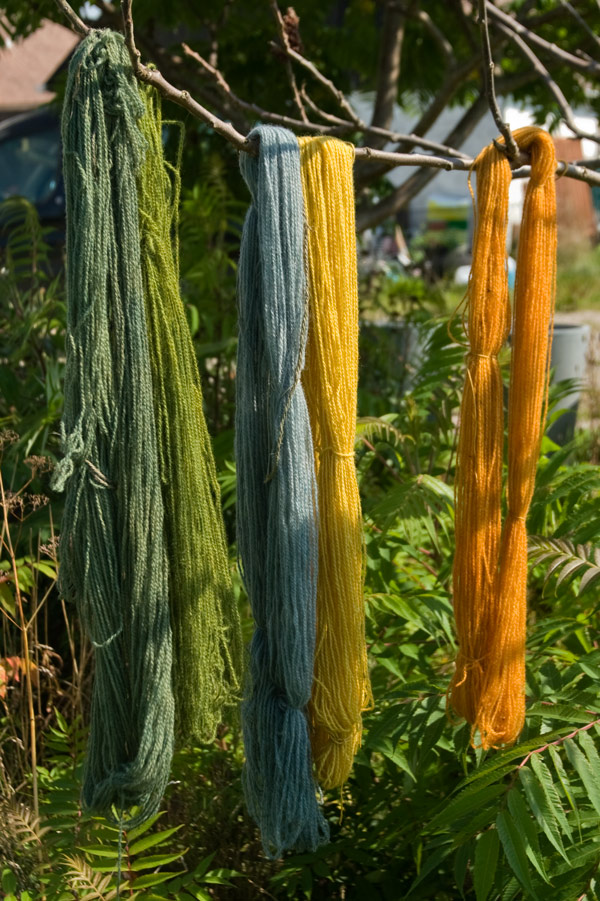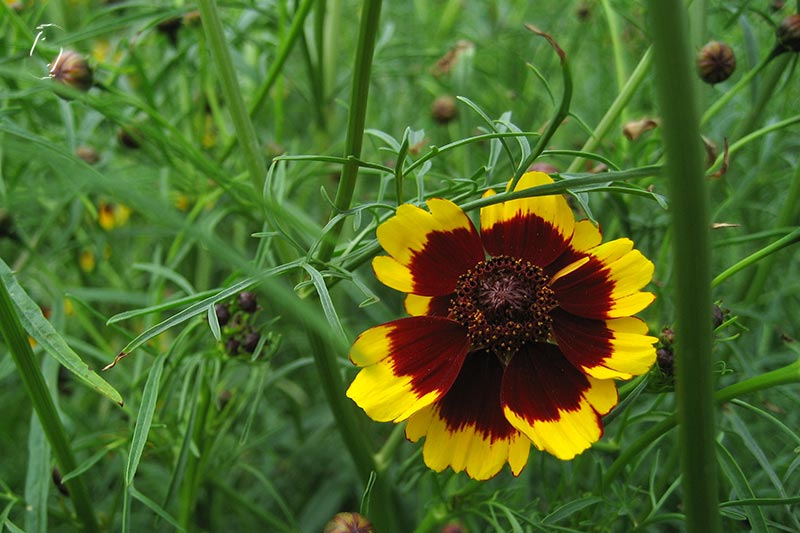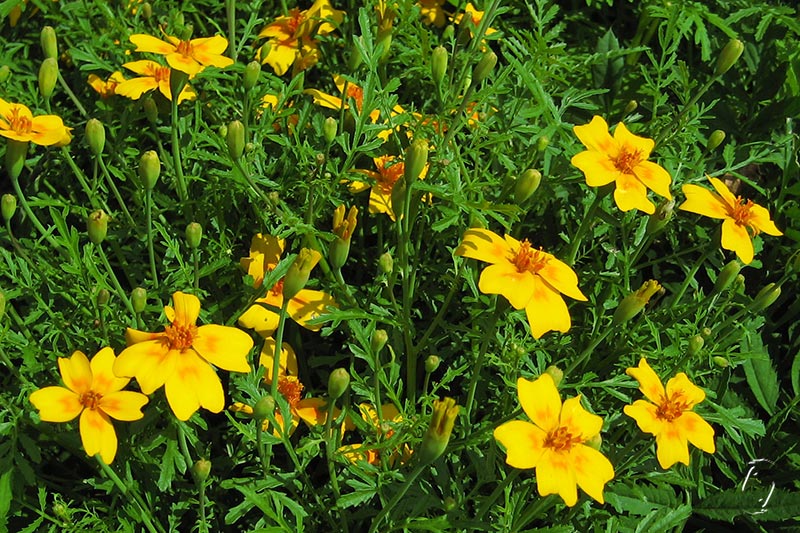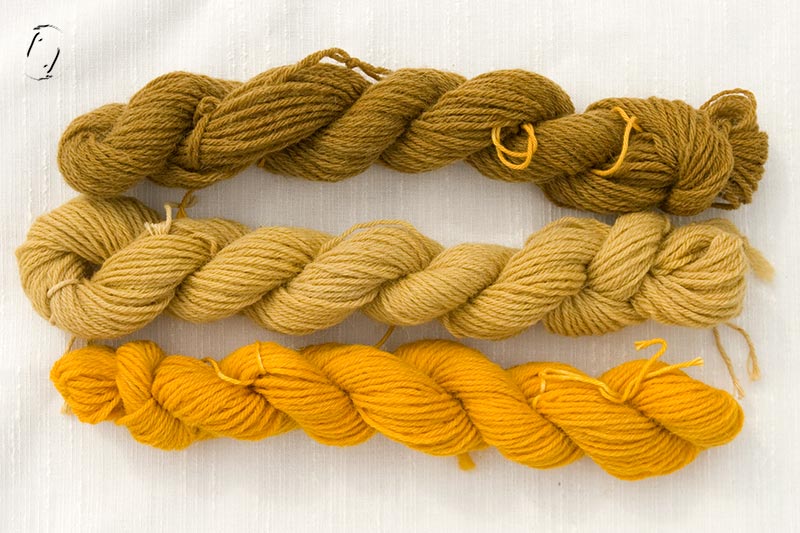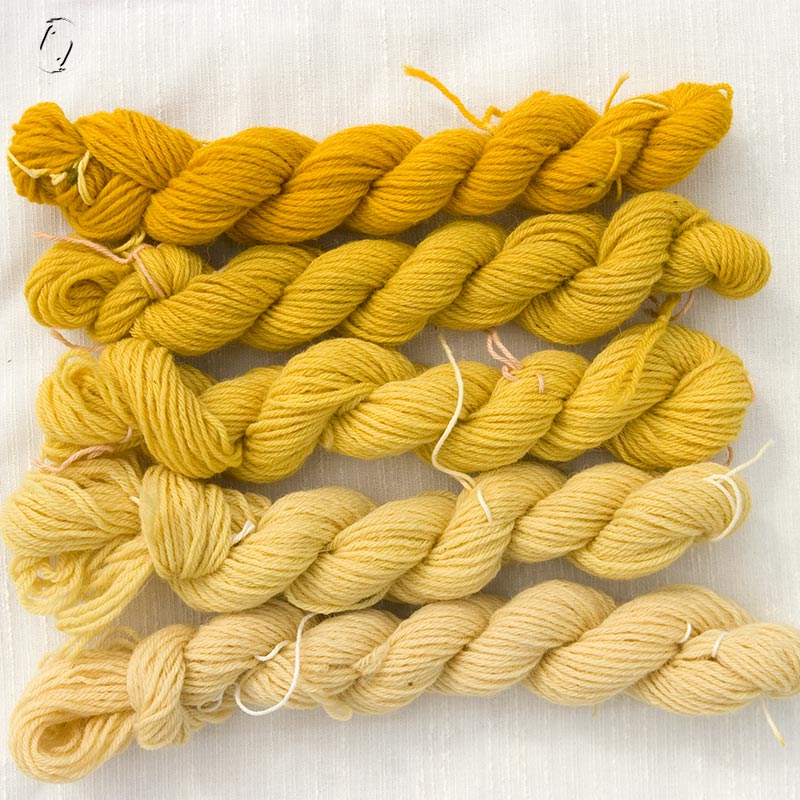Snow dyeing is a bit like tie-dyeing, only more unpredictable. But groovy. And in this case, very loud. At least to begin with! I hadn’t planned the colours before I got started, which tends to result in too many of them.
I thought I’d used very little powder, being careful to keep the areas separate, but as you can see throughout the process, it was more than ample. I’d love to try to mix the powders beforehand (for special colours) and apply them to the snow with a small sieve, just a light sprinkle to get spotted yarn. I haven’t got one however. I may try – something. Just one more skein, since the white fluff isn’t going to evaporate this month apparently.
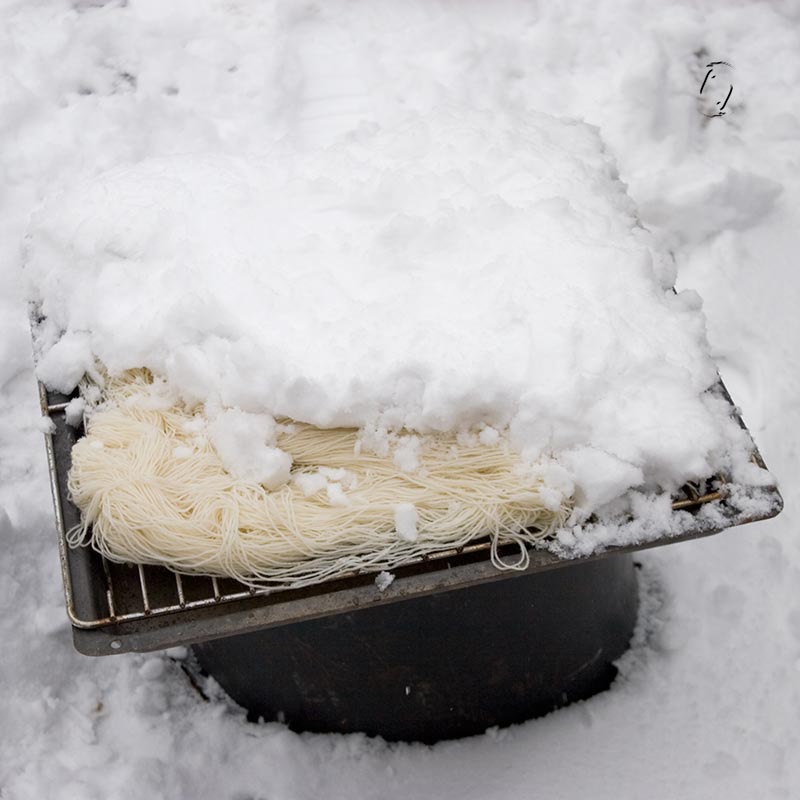


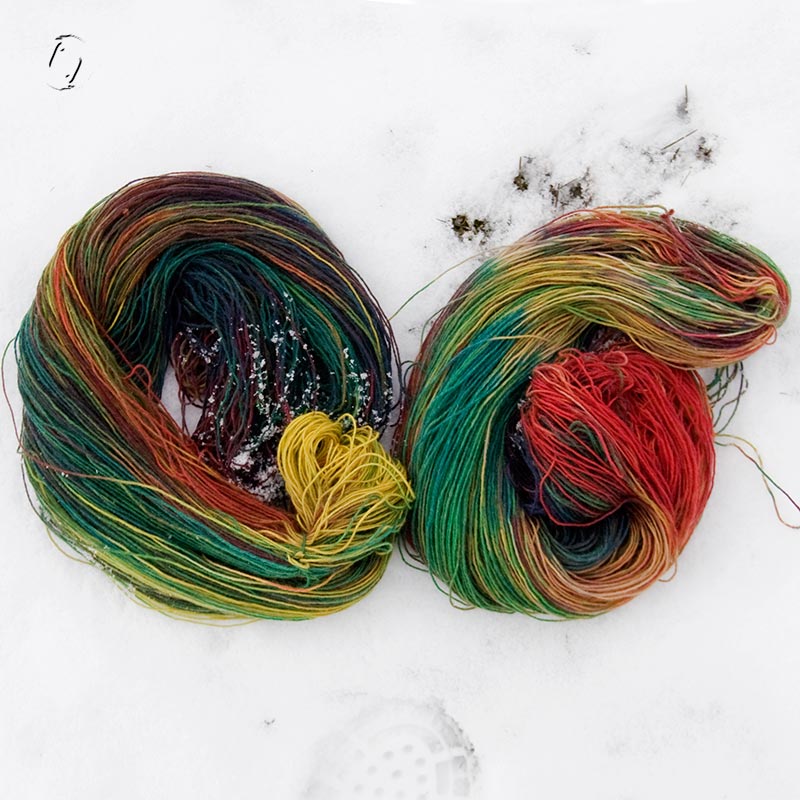

So what happened here?
1 – I know this yarn needs to be tied, and Every. Single. Time I think – “nah, it’ll be ok.” I must love detangling. I do know why I don’t tie it – it’s because I hate it when my figure-8s are too tight, leaving little white bands on the yarn. But, really – learn to do your ties properly.
2 – So I also do know my colour wheel and which colours = mud. As long as you keep them separate, fine, and a teeny bit of blending just mutes them, also fine. What I did think but did not listen to, is “let the yarn drip dry before you attempt to set the dye“. It’s been soaked with melted snow, it’s overflowing. A bit of a squeeze isn’t enough. What happens when you lie it inna heap in the sink? The overflow blends. Guess then what. And yes, I do have a strainer. In fact I have 3. This also goes if you want to wrap your yarn in plastic and steam it. Let it drip dry first. OK? Preferably stretched out horisontally, like, leave it on the rack for instance?
3 – Bubbles and steam does not mean your water is near boiling, in fact it’s only about 65 C. Not enough to shock set your dye. = Muddy water. Flush and repeat. Get your bleedin’ thermometer out.
4 – Do this part of the process when you’re NOT supposed to be doing something else and so feeling guilty and in a bit of a hurry. Resist instant gratification. Surely it can’t be that hard.
I suggest you read some tutorials if you haven’t done this before. I never do until I’ve tried and screwed up at least once, usually twice or more. By which time I’ve usually got it figured out. I guess I have more fun that way, even though I get slightly odd results in the process.
And if you do like muted or mudcoloured yarn – do what I did, not what I said. 😉

Hippie-farvning
Jeg skulle liiiige prøve noget snefarvning nu vi fik et ekstra hvidt drys, og ja, det er sjovt fordi det er ret uforudsigeligt. Især nÃ¥r man kvajer sig undervejs. 😉 Jeg har en tendens til at først læse manualer og tutorials nÃ¥r jeg har forsøgt mig mindst én gang, gerne flere. Og sÃ¥ har jeg som regel hittet ud af det undervejs. Det er Ã¥benbart sjovere end at fÃ¥ et perfekt resultat med det samme?
Opsummering af min engelske fristil ovenfor er:
1. Brug meget mindre farvepulver end du tror du skal. 2. Lad garnet dryptørre grundigt inden du smider det i en gryde kogende vand eller plastwrap til dampning, der er RIGTIG meget overskudsvæske i fra sneen, og den blander sig til brun, hvis man bare lægger garnet i en bunke i hÃ¥ndvasken. OGSÃ
selvom man trykker noget af vandet ud. 3. Mål vandets temperatur inden du putter garnet i, det er ikke ved at koge når der er damp og bobler, det er kun ca. 65 grader og det trækker endnu mere brunt ud af garnet.
Det smarteste er naturligvis at vælge farver som ikke mudrer, det ved jeg udmærket godt hvordan, men nÃ¥r ikke jeg har lagt planer pÃ¥ forskud tænker jeg altid, at det gÃ¥r nok lige. Jeg binder heller ikke feddet op, selvom jeg ogsÃ¥ ved at dette garn har brug for det, fordi der stort set ingenting er til at holde pÃ¥ det fra fabrikantens side. Jeg ved bare at jeg bliver sur hvis jeg sÃ¥ binder for stramt og fÃ¥r hvide bÃ¥nd pÃ¥ garnet. Say no more…
TÃ¥lmodighed er en dyd jeg ikke har sÃ¥ meget af…. Nu kan jeg sÃ¥ bruge x antal timer pÃ¥ at vikle skidtet ud!


